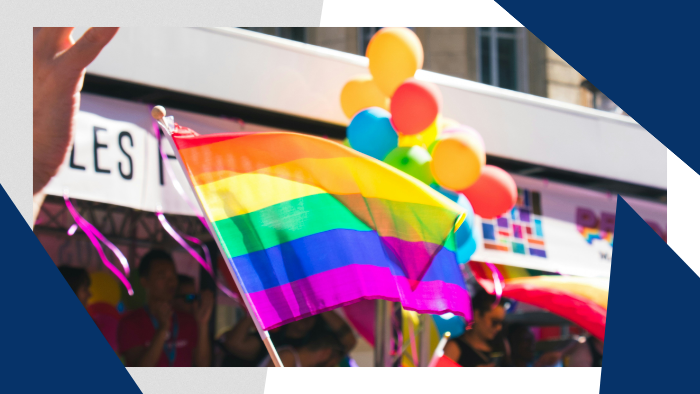Basic Guidelines for LGBTQIA+ Reporting

Photo by Tristan B. on Unsplash
With Pride Month coming to a close, major coverage of LGBTQIA+-focused events will end. However, the need for fair, respectful and accurate reporting on these communities remains.
Language, especially when used by the media, plays a huge role in shaping public opinion. Journalists have a responsibility to use the correct language and tone and be mindful of the safety of the people they’re reporting on. With this in mind, here are three basic guidelines for writing about LGBTQIA+ people.
Use the Correct Language
Language is always evolving. As early as the 1980s, the LGBTQIA+ community began reclaiming the term “queer” from pejorative use, transforming it into a neutral-to-positive self-identifier. Organizations such as the Human Rights Campaign, the Trevor Project and GLAAD have resources to help reporters use the most inclusive and accurate language. There are even journalism-specific guidebooks, such as the one provided by the NLGJA, available online.
Remember: History and Context Matter
The first “Pride” event wasn’t a parade or festival; it was a riot at the Stonewall Inn on Christopher Street in New York City. In 1970, the LGBTQIA+ community held the first Pride March along Christopher Street to remember the activists who stood up against oppression. The goal for the first Pride was to create an open dialogue and show LGBTQIA+ people that they had friends, family and support available to them. Knowing the history of Pride and the context around LGBTQIA+ topics in the media can help journalists present a clear, comprehensive picture to the public.
Support LGBTQIA+ Voices
A good journalist seeks out firsthand information — quotes, eyewitness statements, etc. — to support a story. Those who live within the LGBTQIA+ community not only provide firsthand information but they can also give greater context to the events being reported. Whenever possible, members outside of the LGBTQIA+ community should quote or refer back to the voices of those within the community. Referencing other journalists, bloggers, influencers and other members of the media ensures greater accuracy and respect.
Accurate journalism helps shape public opinion, political discussions and even government policy. Journalists bring attention to people, events and communities that often cannot speak loudly enough to have their voices heard. LGBTQIA+ people often struggle to be taken seriously when raising concerns about public policy or opinion. Journalists can change that by providing respectful coverage of stories that might otherwise go unnoticed.
At the end of 2024’s Pride Month, as rainbow flags and icons are taken down, we can keep the original spirit of Pride going by helping the LGBTQIA+ community be heard.
Subscribe to Beyond Bylines to get media trends, journalist interviews, blogger profiles, and more sent right to your inbox.

Crystle Swinford
Crystle is a senior Customer Content Specialist at PR Newswire with a background in SEO writing. She opts to spend any available free time watching horror movies, reading any book that will hold still, and playing video games with her husband.





